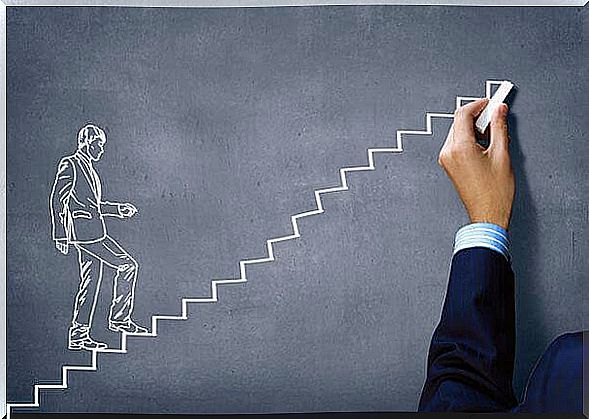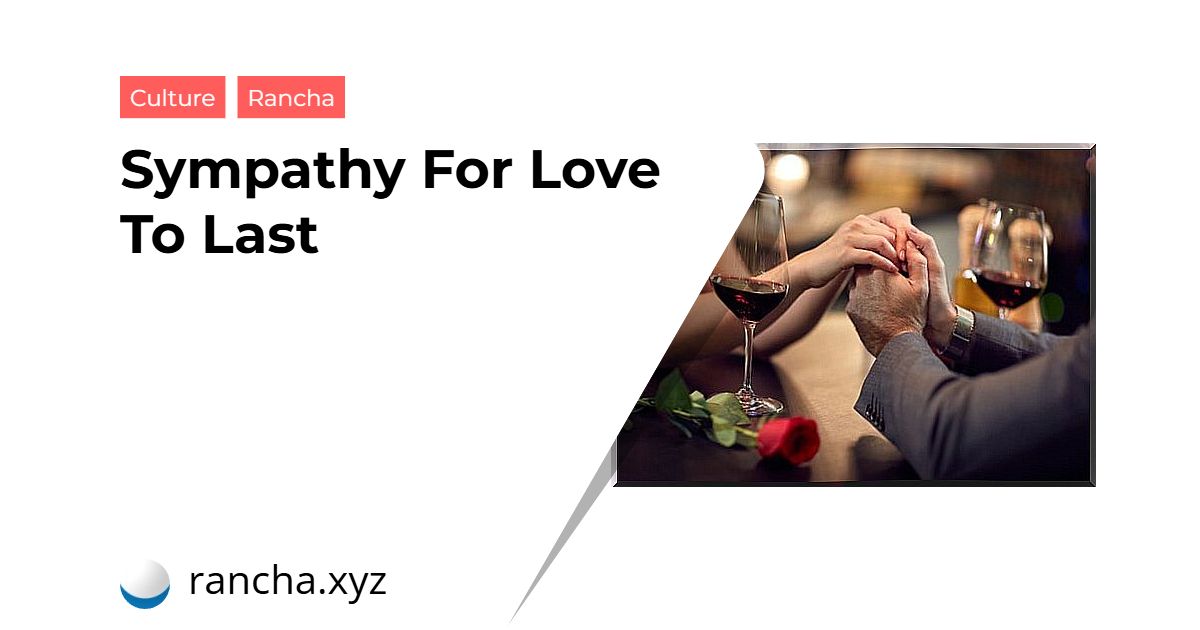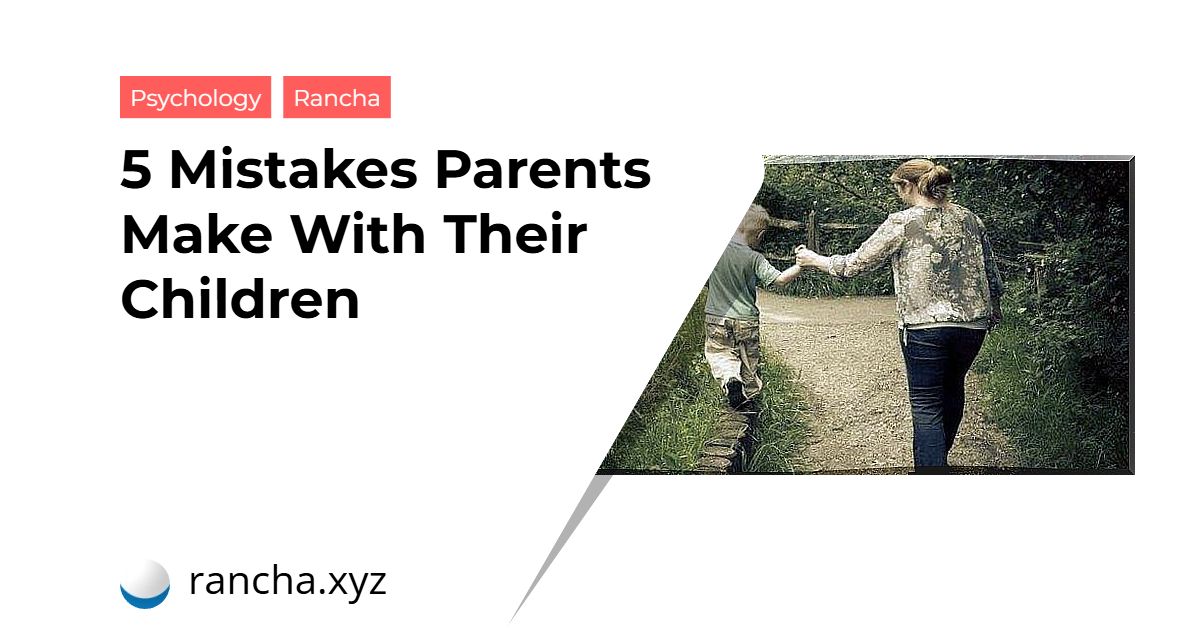Few methods have experienced such significant advancement and in such a short time as motivational interviewing. Its success is due to several factors: it facilitates the relationship with the patient, it is possible to evaluate its effectiveness scientifically, and it was developed in a collaborative way. Currently, motivational interviewing can be applied in a wide variety of contexts, and its recipients can be clients, patients, students, guardians, addicts, delinquents or prisoners.
Likewise, motivational interviewing can be practiced by mentors, educators, therapists, coaches, psychologists, doctors or nurses. This versatility makes it a powerful tool.
What is the motivational interview?
In general, we can understand the motivational interview as a tool for people to naturally change what they don’t like about themselves. That which causes you some disharmony and therefore sadness. It is possible to address this problem through collaborative dialogue with the patient. Through this tool, we are able to break down the barriers that make it difficult or even prevent people from changing.

The truth is, we talk about changes daily and quite naturally. We make requests to others and are very sensitive to aspects of everyday language that show resistance, good mood, commitment… In fact, in addition to transmitting information, one of the most important functions of language is to motivate and influence a person’s behavior. It can be something as simple as asking someone to pass us the salt or as complex as negotiating an international treaty.
It is important to emphasize that the motivational interview is based on a person trying to help another person to change. Doctors, dentists, nurses, nutritionists and people from other areas can also talk about a change in behavior, or even in lifestyle.
A motivational interview pays attention to natural language when it comes to change. Your purpose is to have a more effective dialogue about yourself. This is especially intended when it occurs in a context where someone offers professional help to someone else.
Many of these conversations take place in a useless or dysfunctional way, no matter how good the interviewer’s intentions. Thus, it is important to think that the motivational interview was designed to find a constructive way to overcome the challenges that arise.
Specifically, the motivational interview consists of organizing the conversations. In this way, people can convince themselves to change based on their own values and interests.

Communicative styles
We can think of help conversations as if they were situated parallel to a segment. At one extreme we find the directive style. At the opposite extreme, we find the accompaniment style. The center of this line is governed by the guide style, which is the model followed by the motivational interview. To clarify this situation better, let’s imagine that you traveled to a foreign country and hired a guide to help you.
The guide’s job is not to tell you when to arrive, where to go, what to do or see. A professional guide knows how to listen and offer specialized information when necessary and according to your interests. The motivational interview is located in this intermediate territory between directing and following, and includes elements from both sides .
Guiding is often a task that is necessary to accompany, sometimes to direct, and sometimes not to do either. Sometimes it is enough to give freedom or open up a range of possibilities so that the person being guided can learn and intersperse these three attitudes with intelligence.
For example, encouraging a child to learn, most of the time, implies that we become their guide. It demands that we intersperse periods of monitoring or supervision, with others of direction and freedom.
Avoiding the correction reflex is essential in motivational interviewing
People are engaged in professions where the job is to help others for a variety of reasons . It may be because you want to give something back to society, prevent and alleviate suffering, express your love for God, etc. Ironically, these same reasons can lead to excessive use of the directive style when offering this help. The directive style can be ineffective or even counterproductive when we want to help people.
When we use the directive style we also use the correction reflex . We want to help the person so much that we often impose what he should or should not do. However, this unfortunately creates resistance, although one of the goals of the motivational interview is to be able to minimize these resistances.
What is not a motivational interview?
It is important to clarify what motivational interviewing is not and to differentiate it from other interview methods. Motivational interviewing is not simply about being kind to others. Nor is it the same as the patient-centered therapy developed by Carl Rogers. In motivational interviewing, there is an intentional and strategic movement towards one or more specific goals.
Motivational interviewing is not a ‘technique’ either, an easy-to-learn trick that we can add to our toolbox. It is, in fact, a style of being with others, an integration of specific clinical skills that promote the motivation for change.

It’s a complex style that can improve over the years. Nor is it the cure or even the solution to all clinical problems. Motivational interviewing was specifically developed to help people resolve ambivalence about change and strengthen their motivation.
Throughout the motivational interview process, five important communication skills are used. These skills are as follows: asking open-ended questions, affirming, reflecting, summarizing and providing information and advice, always with the client’s authorization.
As we have seen, motivational interviewing is a powerful tool that facilitates change in people. It weakens hesitation and encourages motivation. All this is possible through a communicative style of guidance, imposing absolutely nothing and leaving the client to decide the steps to be taken.
references
- Miller, WR, Rollnick, S. (2008). Motivational interviewing in the treatment of psychological problems . New York: Guildford Press.
 rancha.xyz Be free to choose their own route to self-knowledge, health and balance of body and soul.
rancha.xyz Be free to choose their own route to self-knowledge, health and balance of body and soul.




